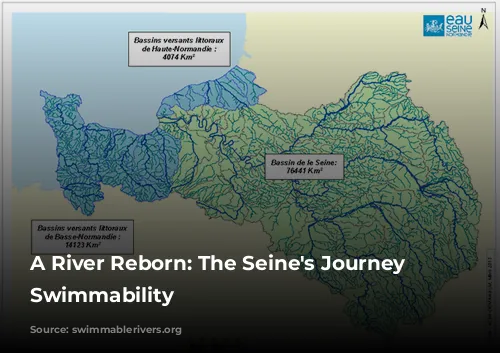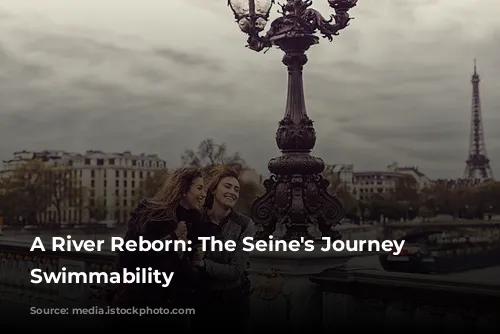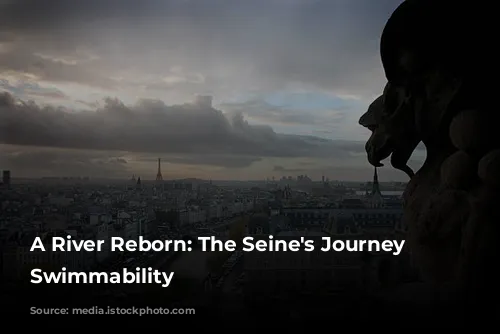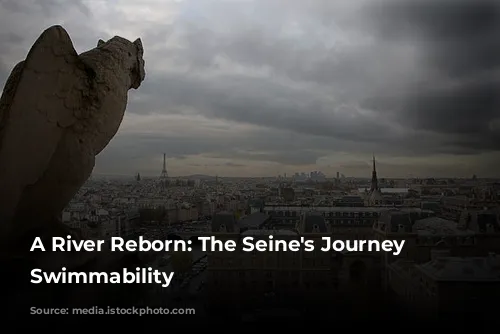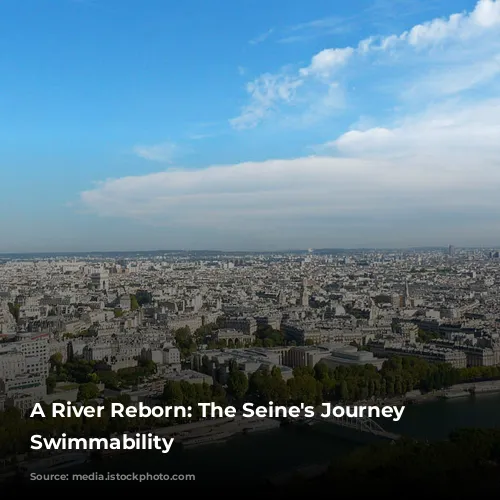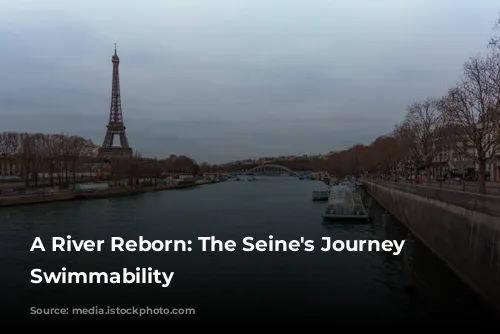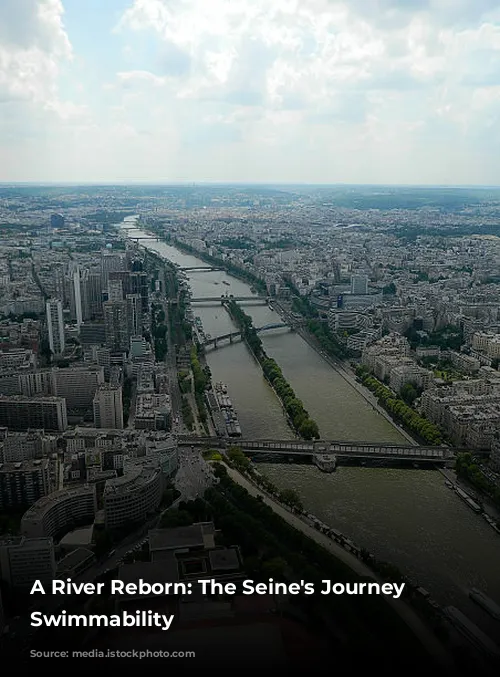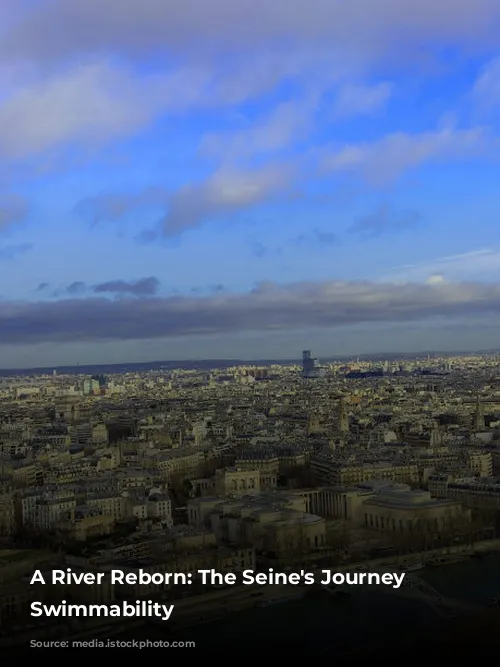The Seine, a river that flows through the heart of Paris, holds a rich history intertwined with the city’s cultural and economic life. For centuries, Parisians and visitors alike enjoyed swimming in its waters. However, in the early 20th century, the Seine became heavily polluted, forcing a ban on swimming in 1923.
A Century of Challenges: From Pollution to Restoration
The Seine faced a steep decline in water quality due to a combination of industrial waste and sewage overflow. The city’s combined sewer system, which carried both rainwater and wastewater, struggled to handle heavy rainfall. As a result, raw sewage frequently spilled into the river, contaminating the water with dangerous bacteria.
Despite the challenges, there have been efforts to clean the Seine over the years. In the 1960s, the French government invested in upgrading sewage treatment facilities and infrastructure. In 1938, the first major sewage treatment plant was constructed, marking a significant step towards improving water quality.
However, swimming in the Seine remained a distant dream for decades. The river was still plagued by pollution, and the ban on swimming persisted.
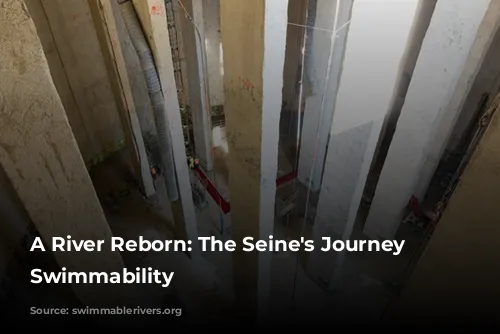
A New Era of Hope: The Seine’s Resurgence
The 2010s ushered in a new era of hope for the Seine. A lobbying group was formed with the goal of restoring the river’s swimmability. Swimming competitions resumed in 2015, signifying a return to the river’s past glory.
The 2024 Paris Olympics became a driving force behind further river cleaning efforts. Three locations have been selected for swimming competitions in the Seine, starting in 2025, signifying a major milestone in the river’s journey.
A €1.4 billion project is underway to revise the city’s infrastructure and prevent sewage overflows. This ambitious project involves installing new pipes, storage facilities, and pumps. One impressive storage facility, capable of holding the equivalent of 20 swimming pools, is being built near Austerlitz metro station.
To further improve water quality, the city has implemented several measures. Boaters are no longer allowed to dump waste into the river and must connect to the sewer system. Purification processes at sewage treatment plants along the Seine and its tributaries have also been enhanced.
These efforts are showing promising results. In the summer of 2022, 91% of test locations along the Seine met the criteria for being swimmable. However, heavy rainfall can still trigger pollution events, highlighting the ongoing need for robust infrastructure and effective pollution management.

The Future of the Seine: A Collaborative Effort
Making the Seine swimmable again is a complex endeavor that requires the collaboration of various authorities and stakeholders. The Agence de l’eau Seine-Normandie (AESN), the Prefecture of the Île-de-France region, the Agence régional de santé (ARS), municipal authorities, and the Ministère de la transition écologique et solidaire all play crucial roles in overseeing water quality and implementing necessary measures.
The Seine’s revival is a testament to the resilience of nature and the dedication of those who champion its restoration. This ambitious project is a reminder that with concerted effort, even the most polluted waters can be revitalized, providing a healthier and more enjoyable environment for all.
The future of the Seine is bright, but continuous monitoring, further infrastructure improvements, and ongoing efforts to prevent pollution are crucial to ensure its long-term health. This is a challenge that water experts and policymakers must face together to ensure that the Seine continues to be a vibrant and essential part of the French landscape and economy for generations to come.
